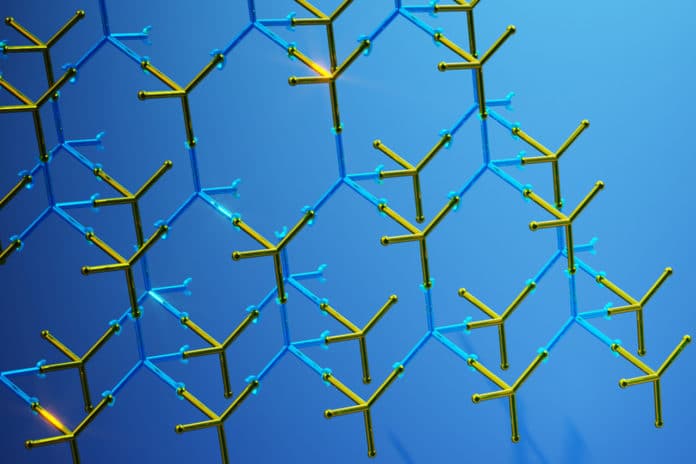With expansion microscopy, scientists can physically enlarge their samples about fourfold in linear dimension before imaging them. This allows them to generate high-resolution images without expensive equipment. Another plus point of this technique is it will enable high-resolution imaging with an ordinary light microscope.
Using expansion microscopy, MIT scientists have developed a new technique to imaging biological samples with accuracy at the scale of 10 nanometers. Through this technique, scientists are expecting to image viruses as well as single molecules.
Scientists need to embed biological samples in a hydrogel in expansion microscopy and then expand them before imaging them with a microscope.
For the new version of the technique, scientists develop a new hydrogel called tetra-gel to maintain a more uniform configuration. It forms a more predictable structure.
Edward Boyden, the Y. Eva Tan Professor in Neurotechnology, a professor of biological engineering and brain and cognitive sciences at MIT, said, “This degree of accuracy could open the door to studying the basic molecular interactions that make life possible.”
“If you could see individual molecules and identify what kind they are, with single-digit-nanometer accuracy, then you might be able to look at the structure of life. And structure, as a century of modern biology, has told us, governs function.”
Previous versions of expansion microscopy used to rely on absorbent polymer made from sodium polyacrylate, assembled using a method called free radical synthesis. The problem with these gel was that they were not completely uniform in structure or density, causing small distortions in the sample’s shape, restricting accuracy.
The new tetra- gel overcomes this problem. The gel forms a more predictable structure. Scientists combined forms a more predictable structure to create a lattice-like structure that is much more uniform than the free-radical synthesized sodium polyacrylate hydrogels they previously used.
To check the new technique’s accuracy, scientists used it to expand particles of herpes simplex virus type 1 (HSV-1). After expansion, scientists compared the shapes to the shapes obtained by electron microscopy. They found that the distortion was lower than that seen with previous versions of expansion microscopy, allowing them to achieve an accuracy of about 10 nanometers.
MIT Research Scientist Ruixuan Gao said, “We can look at how the arrangements of these proteins change as they are expanded and evaluate how close they are to the spherical shape. That’s how we validated it and determined how faithfully we can preserve the nanostructure of the shapes and the relative spatial arrangements of these molecules.”
The new hydrogel was also used to expand cells, including human kidney cells and mouse brain cells. Scientists are now looking forward improve the accuracy to the point where they can image individual molecules within such cells. They also explore whether other polymers or modified versions of the tetra-gel polymer could help them realize greater accuracy.
Journal Reference:
- Gao, R., Yu, CC.(., Gao, L. et al. A highly homogeneous polymer composed of tetrahedron-like monomers for high-isotropy expansion microscopy. Nat. Nanotechnol. (2021). DOI: 10.1038/s41565-021-00875-7
